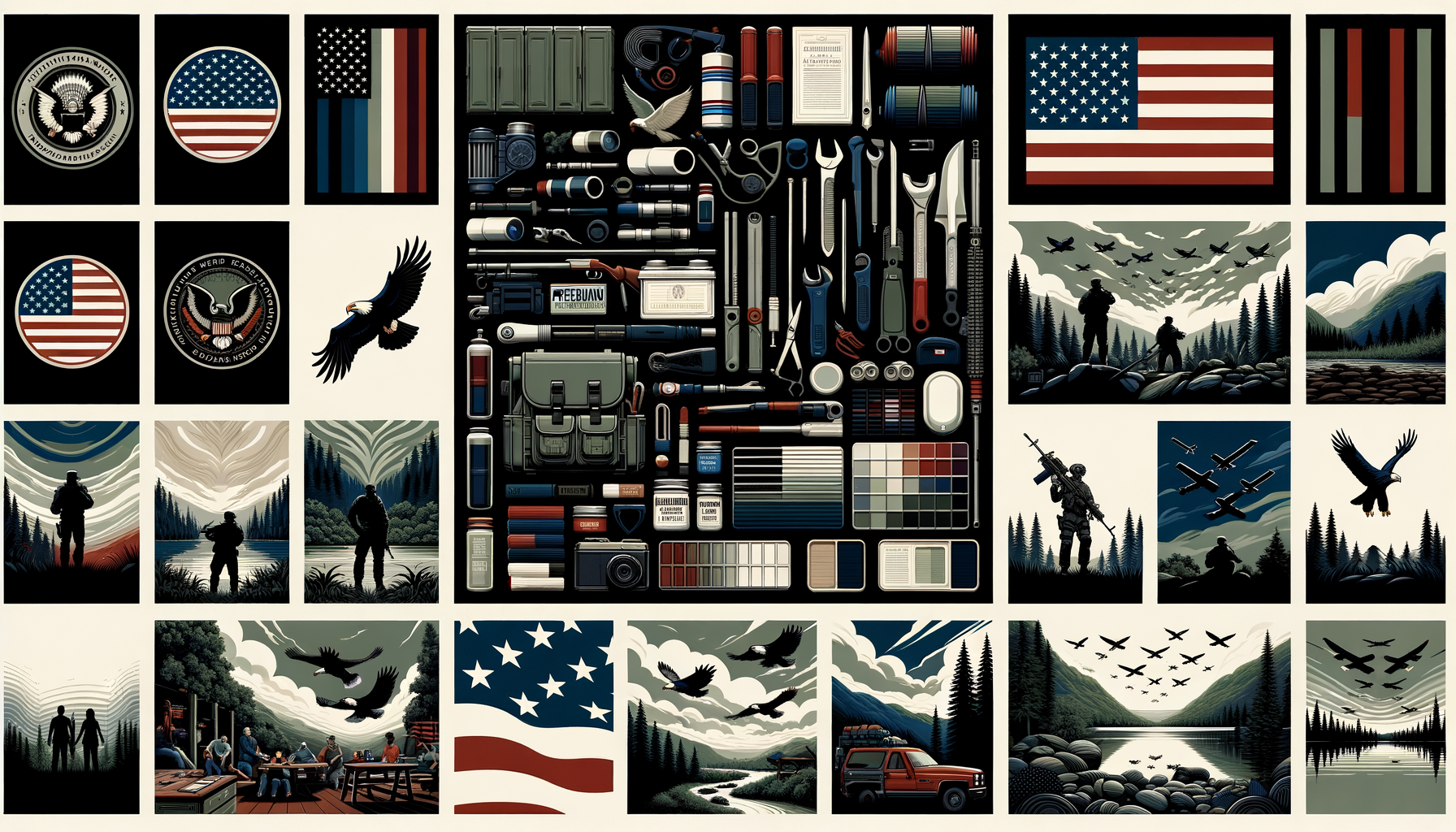Can You Shoot Two Guns at the Same Time?

Shooting two guns at the same time, commonly known as “dual wielding,” is a concept frequently depicted in movies and video games. It’s flashy, visually engaging, and often presented as the ultimate display of skill for action heroes. But how practical is it in real life? Can you shoot two guns at the same time effectively, and could it play a role in real-life scenarios? Let’s break it down.
Is Dual Wielding Practical?
The short answer is: not really, especially in situations requiring accuracy and speed. While some might attempt to replicate what they see in Hollywood blockbusters, the mechanics of shooting two guns at once—to reliable effect—poses significant challenges. Here’s why:
- Reduced Accuracy: Holding and accurately firing one firearm requires steady aim, control, and focus. When handling two firearms simultaneously, your ability to properly align sights, control recoil, and hit precise targets is compromised.
- Coordination Issues: Humans naturally tend to favor one hand over the other, referred to as “handedness.” Firing with your non-dominant hand can feel awkward and unnatural, further reducing your ability to control the weapon.
- Recoil Management: Each shot causes recoil that shifts the position of the firearm. Controlling two weapons while managing this recoil doubles the challenge, especially if you’re dealing with anything other than a low-caliber pistol.
- Reloading Complications: Reloading one firearm is a complicated process that requires both hands. Reloading two guns simultaneously is, for all intents and purposes, logistically unrealistic without compromising safety.
Who Might Attempt Dual Wielding?
Even though dual wielding is largely impractical, it has its curious fan base. Here’s a look at who might consider doing it:
- Recreational Shooters: For those who enjoy a safe, controlled day at the range, dual wielding can be a fun and challenging activity to try, provided it’s done carefully and responsibly.
- Movie Stunt Professionals: Actors and stunt doubles sometimes practice dual wielding for action scenes. However, in such cases, safety and choreography are prioritized over actual accuracy or tactical utility.
- Enthusiasts Experimenting: Firearm enthusiasts exploring different techniques often experiment with dual wielding, understanding it is more about curiosity and less about practicality.
What Are the Safety Considerations?
Shooting two guns at once is not something beginners should attempt. Even experienced shooters need to consider safety when experimenting with dual wielding. Here are some critical points to keep in mind:
- Start with Low-Caliber Firearms: Using small-caliber pistols makes handling recoil easier and lowers the risk of losing control of the weapon.
- Focus on Grip and Control: Ensure you have a strong, confident grip on each weapon before firing. Practice with one gun in your non-dominant hand before attempting two guns simultaneously.
- Stay in a Controlled Environment: Never attempt dual wielding in defensive situations or unregulated settings. Practice only at appropriate shooting ranges where safety protocols are enforced.
- Avoid Overshooting: Limit your ammunition and focus on maintaining control rather than rapid firing.
Dual Wielding: Myth vs. Reality
Many of the common beliefs surrounding dual wielding stem from fictional portrayals. Let’s dispel a few myths:
- Myth: Dual wielding doubles your offensive power.
Reality: Handling two guns typically results in reduced accuracy, making it less effective compared to using one firearm with both hands. - Myth: You can shoot at two targets simultaneously.
Reality: The ability to aim at two targets with precision is nearly impossible. Most shooters will sacrifice accuracy with both guns. - Myth: It’s commonly used in real-life tactical situations.
Reality: Law enforcement and military personnel rely on techniques emphasizing accuracy, control, and efficiency—not flashy maneuvers like dual wielding.
Single Gun Power vs. Dual Gun Showmanship
If you’re considering whether to master dual wielding or focus on firing a single firearm, here are some points to consider:
- Skill Development: Concentrating on one gun allows you to refine your accuracy, trigger control, and sight alignment to a much greater extent.
- Tactical Efficiency: A single gun in a two-handed grip is superior for real-life defensive scenarios. You maintain better control, quicker aim adjustment, and faster reloading.
- Showmanship Factor: If your goal is simply to have fun and impress friends at the range, dual wielding is an entertaining challenge—but keep your expectations realistic.
Tips for Trying Dual Wielding Safely
Should you still want to try dual wielding, follow these steps to do so safely and effectively:
- Use Identical Firearms: Start with two of the same model to ensure consistent weight, recoil, and handling dynamics.
- Train Your Non-Dominant Hand First: Before using two guns, practice shooting reliably with your weaker hand. This will improve overall control and coordination.
- Focus on Slow, Controlled Shots: Avoid rapid firing until you’re comfortable managing both guns in a stable, controlled manner.
- Seek Expert Guidance: Consider working with a qualified instructor for this activity. They can offer guidance on safety and technique.
Final Thoughts: Can You Shoot Two Guns at the Same Time?
While it’s entirely possible to shoot two guns at the same time, doing so with precision and practicality is highly improbable. Shooting with both hands on one firearm is almost always a smarter, safer decision. Dual wielding, as thrilling as it may look, is best viewed as a recreational experiment rather than something suited to self-defense or tactical scenarios.
If you’re interested in expanding your firearm skills, consider mastering one-handed shooting with each hand independently before attempting dual wielding. And no matter what, always prioritize safety, control, and precision whenever you’re behind the trigger.



